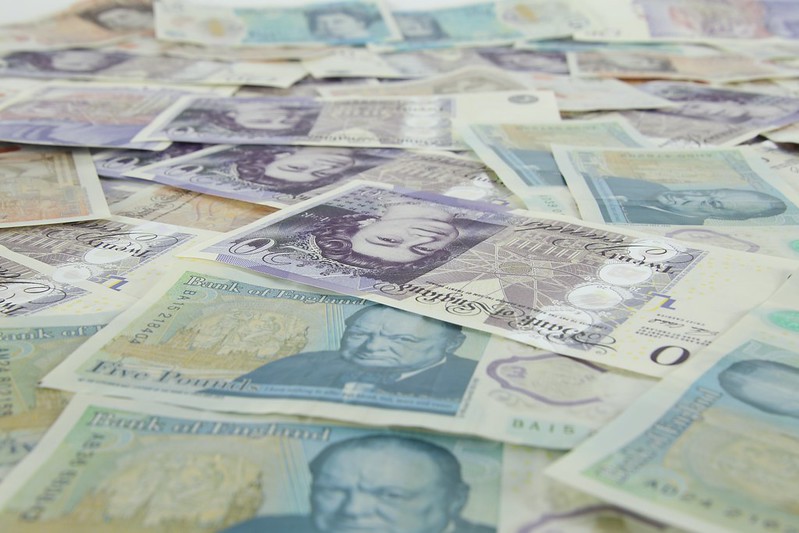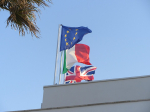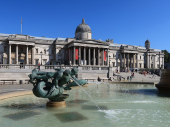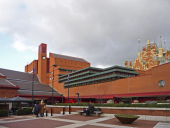
The UK's inflation rate has increased for the first time this year, according to official figures. The overall price level rose by 2.2% in the year to July, slightly surpassing
the Bank of England’s target of 2%, where it had been stable since May. This rise was anticipated by many and is mainly attributed to gas and electricity prices decreasing less than they did a year ago.
The latest data indicates that prices are now climbing faster across the UK than in previous months, although the rate of increase remains slower than in 2022 and 2023, when households were particularly burdened by higher energy and food costs.
How Quickly Are Prices Rising in the UK?
Grant Fitzner, the chief economist at the Office for National Statistics (ONS), commented on the situation: "Inflation ticked up slightly in July, largely because domestic energy costs, while falling, did not drop as much as they did a year ago. This was partly balanced by a reduction in hotel costs, which declined in July after a strong increase in June."
Inflation, which reflects the rate at which prices rise, had surged to 11.1% following the Ukraine war and pandemic-related supply chain disruptions, significantly impacting the cost of living for millions. However, it had been steadily declining until June, as the Bank of England raised interest rates to curb consumer demand. The Bank anticipates that inflation will rise further this year before eventually falling back.
Additional inflation figures, along with employment and wages data, are expected to be released before the Bank’s next rate-setting meeting in September.
Impact on Businesses
There may be some relief ahead for businesses, which have faced higher rates, wage bills, and surging inflation in recent years. Livia Marrocco, owner of Marrocco’s restaurant and ice cream shop in Hove, shared with the BBC: “Products have gone up. Ingredients have gone up. We have increased prices slightly.” However, she noted that recent good weather and school holidays have led to an uptick in customers.
Mr. Fitzner also mentioned on the BBC's Today programme that, beneath the surface, price increases remained manageable, with services inflation decreasing in July and food prices remaining unchanged. "This still suggests that inflation pressures, at least in the short run, are fairly moderate," he said.
According to the Institute for Fiscal Studies, food and drink prices soared by 28.4% between September 2021 and September 2023. Their analysis indicated that lower-income households experienced a greater rise in food costs than wealthier ones, as the steepest price hikes affected cheaper brands. However, in July, food price inflation had moderated to just 1.5%, according to the ONS.
Meanwhile, price increases in the crucial services sector—which includes hotel stays, gym memberships, and car repairs—have begun to ease. Services inflation in July was at 5.2%, down from 5.7% in June and 7.4% in July 2023, which was the highest rate seen in more than 30 years.
Implications for Interest Rates
The Bank of England is likely to consider July's rise in inflation when it next reviews interest rates in September. Last month, it reduced rates to 5% from 5.25%—the first cut since the pandemic began—and experts have been forecasting further cuts this year. While higher interest rates can benefit savers, they may also increase the cost of mortgages and other loans for consumers.
Debapratim De, director of economic research at Deloitte, noted that the latest official data is "unlikely to materially alter the Bank's thinking on interest rates." He added, "We expect rates to be kept on hold in September, but two further cuts remain likely this year."
Darren Jones, Chief Secretary to the Treasury, emphasized that the new Labour government is "under no illusion" about the ongoing challenges facing households. However, Shadow Chancellor Jeremy Hunt stated that the new figures demonstrate "more needs to be done to keep inflation down."



































